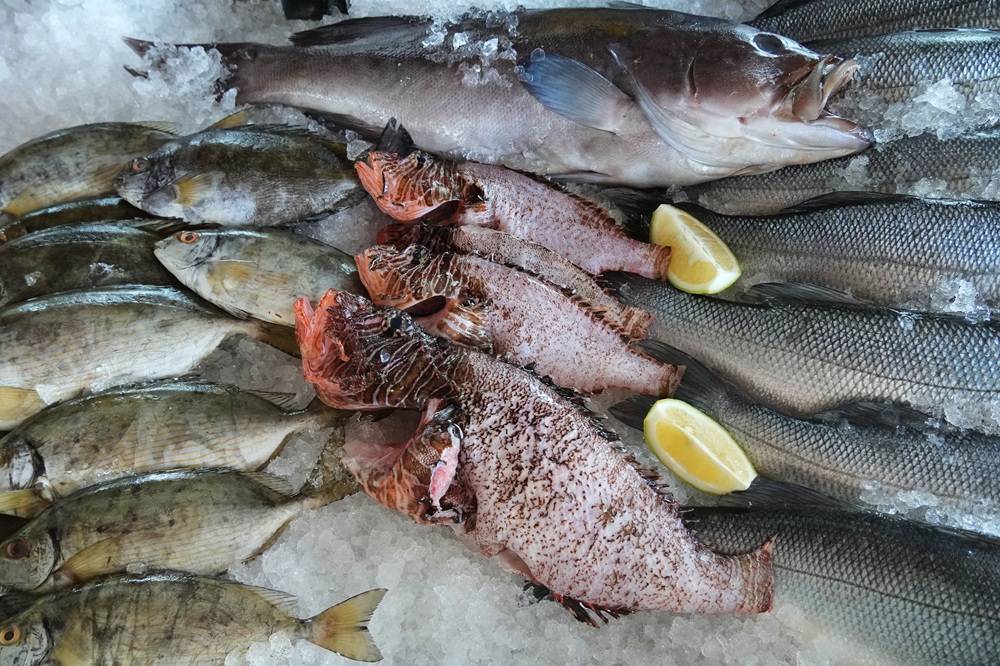Noor Riyadh, the largest light art festival in the world, will return in its third edition in Riyadh, from November 30 to December 16 with an associated exhibition to be held from November 30 to March 2.
The festival will illuminate Riyadh with large-scale light art installations, building projections, performances, and more. Artworks will be displayed in public spaces across five hubs.
Curated by Jérôme Sans (Lead Curator), Pedro Alonzo, Alaa Tarabzouni, and Fahad Bin Naif (Curators), the festival’s theme is “The Bright Side of the Desert Moon” and will feature over 120 artworks by around 100 artists from more than 35 nationalities (more than 35 from Saudi Arabia).
Sans is the co-founder of Paris’ Palais de Tokyo, possessing an established career as curator of major biennials around the world and artistic director of prestigious institutions in Europe, Asia, and Latin America.
On the other hand, Boston-based Alonzo is currently an adjunct curator at Dallas Contemporary in Texas, and specializes in shows that go beyond museum walls. Riyadh-based Tarabzouni and Bin Naif are both artists and curators, with individual practices that utilize their architectural backgrounds to bring unique perspectives on urbanism and the built environment.
The festival’s exhibition “Refracting Identities, Shared Futures” will be held at the JAX District.
Neville Wakefield, formerly of MoMA PS1, Frieze Projects, and Desert X, returns to lead the curation of the show alongside Maya Al Athel, Curator, who served as artistic director of the festival in 2022.
Noor Riyadh 2023 will also feature over 500 community engagement programs for all visitors and families alike throughout the duration of the festival and the exhibition.
Minister of Culture, Board Member of the Royal Commission for Riyadh City, and Chairman of the Steering Committee for the Riyadh Art Program Prince Badr bin Farhan Al Saud said, “The participation of renowned global light artists in Noor Riyadh echoes our united vision. As we approach our third edition, we look forward to continuing Riyadh Art’s mission to turn the city into a dazzling gallery without walls and to ensure that art is for everyone."
Developed with the aim of nurturing local talent and amplifying Saudi Arabia’s cultural economy, Noor Riyadh is part of Riyadh Art, one of the largest public art initiatives in the world.
Riyadh Art aims to transform the Saudi capital into a “gallery without walls”, with more than 1,000 public art installations, to be spread out across the city through 10 programs and two annual events. Across its editions, Noor Riyadh has created unique moments of joy across the city and provided millions of visitors the opportunity to appreciate world-class light artworks and rediscover the city of Riyadh in a new light.
In 2022, Noor Riyadh celebrated multiple achievements, including welcoming 2.8 million visitors to the festival and winning six Guinness World Records, one of which being the largest celebration of light art in the world.










